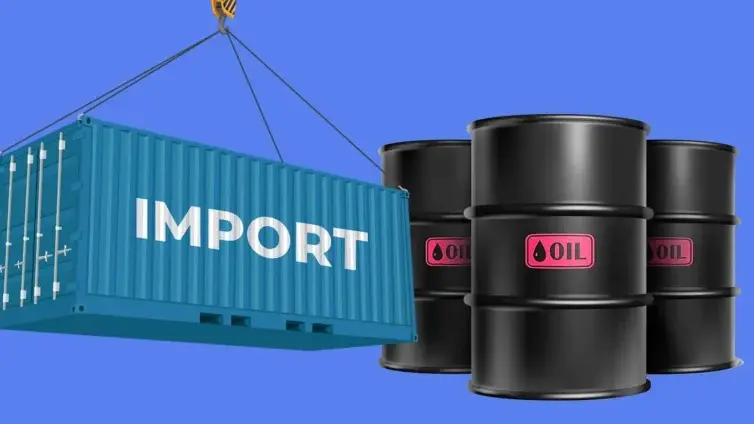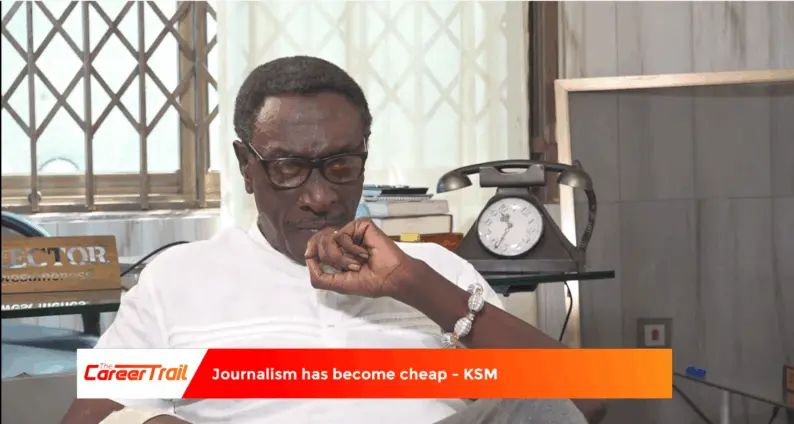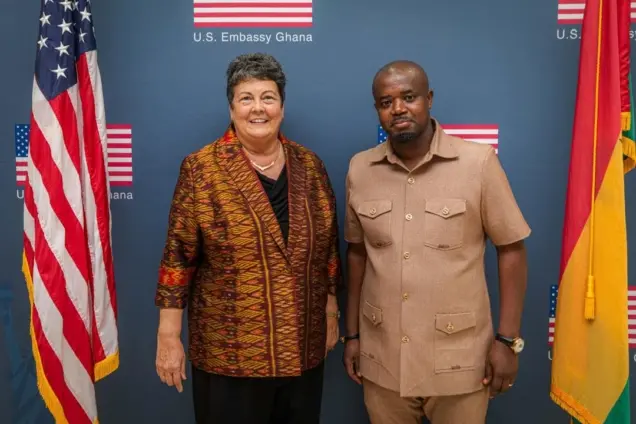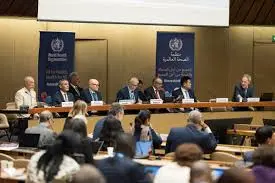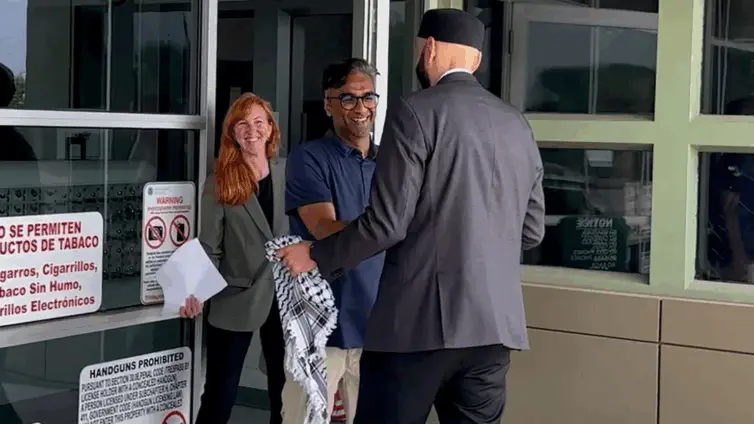Donald Trump’s perspective on the Ukraine war has been a subject of intense scrutiny, particularly his recent phone call with Vladimir Putin. Initially, Trump promised a swift “24-hour” resolution to the conflict. However, his approach has since evolved, reflecting the intricate challenges of achieving lasting peace. This recent engagement underscores the continued uncertainty surrounding the possibility of Ukraine peace talks and the role external actors, like the US, play.
The significance of the Trump Putin call lies in the context of ongoing geopolitical tensions. Previous attempts at negotiation have yielded limited results, and the international community remains divided on the best path forward. Trump’s shifting strategies, from quick fixes to mediated settlements, hold the potential to significantly impact the trajectory of the conflict and the prospects for a Ukraine war resolution.
Trump’s stance on the Ukraine conflict has seen considerable adjustments since his initial claims. His original assertion that he could end the war in “24 hours” was met with both skepticism and hope. This was followed by statements suggesting a personal meeting with Putin to broker a resolution. The recent two-hour phone call adds another layer to this evolving narrative, signaling a potential shift toward active negotiation.
Following the Trump Putin call, Trump expressed optimism about initiating immediate negotiations for a ceasefire. “immediately start negotiations for a ceasefire and an end to the war,” he stated, hinting at a breakthrough. However, the path to peace remains fraught with complexities, and the true implications of this call remain to be seen.
Putin’s perspective emphasizes addressing the “root causes” of the war as a prerequisite for any lasting agreement. Russia has consistently maintained that Ukraine’s desire for closer ties to Europe is a central issue driving the conflict. This position complicates the negotiation process, as it touches upon fundamental geopolitical alignments.
The discussions also involved a “memorandum on a possible future peace agreement,” though details remain vague. This lack of concrete commitment underscores the fragile nature of the current dialogue and the significant hurdles that remain in reaching a comprehensive resolution.
Trump has also raised the possibility of potentially backing away from negotiations if no progress is made. “Big egos involved, but I think something’s going to happen. And if it doesn’t, I’ll just back away and they’ll have to keep going,” he stated. This threat introduces a significant element of uncertainty into the equation.
Such a withdrawal could lead to the end of US military and intelligence support for Ukraine, potentially benefiting Russia given its superior resources. This possibility raises serious concerns for Ukrainian President Volodymyr Zelensky. “It’s crucial for all of us that the United States does not distance itself from the talks and the pursuit of peace,” Zelensky stated, highlighting the critical role of US involvement.
Trump’s strategy appears to involve a mix of incentives and potential consequences. He has reportedly offered reduced sanctions, new trade deals, and economic investment as carrots to incentivize Putin. However, the strategy seemingly lacks any explicitly mentioned negative consequences, such as new sanctions on Russian banking and energy exports, should Russia fail to cooperate.
It is worth recalling Trump’s earlier warning against Putin being “tapping me along” and targeting civilian areas, a stance that seems somewhat muted in the context of these recent overtures.
Despite the rhetoric of peace talks, the reality on the ground remains grim. Russia’s recent large-scale drone strike on Ukrainian cities starkly contrasts with the discourse of negotiation. This ongoing violence highlights the immense challenges in translating dialogue into tangible progress.
A ceasefire or a comprehensive peace deal still appears distant, given the deep-seated issues and ongoing military actions. The Trump Putin call and subsequent discussions represent a complex chapter in the ongoing effort to find a Ukraine war resolution.
In summary, Trump’s evolving stance, Putin’s stated conditions, and the potential implications for Ukraine highlight the uncertainties and challenges that persist. While Ukraine peace talks are ongoing, a lasting peace deal remains far from certain, necessitating continued international attention and support to navigate this intricate and volatile situation.
Image Source: MYJOYONLINE


